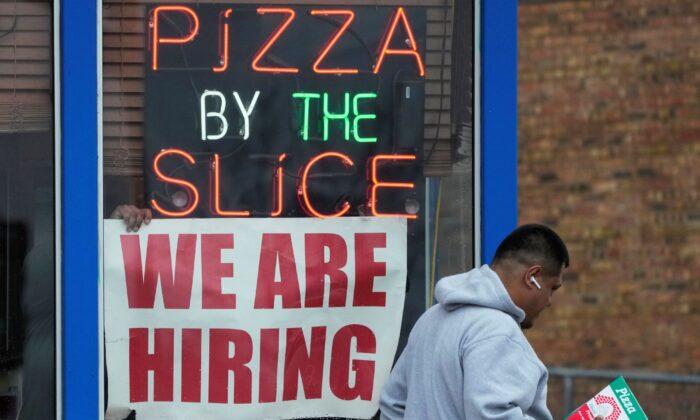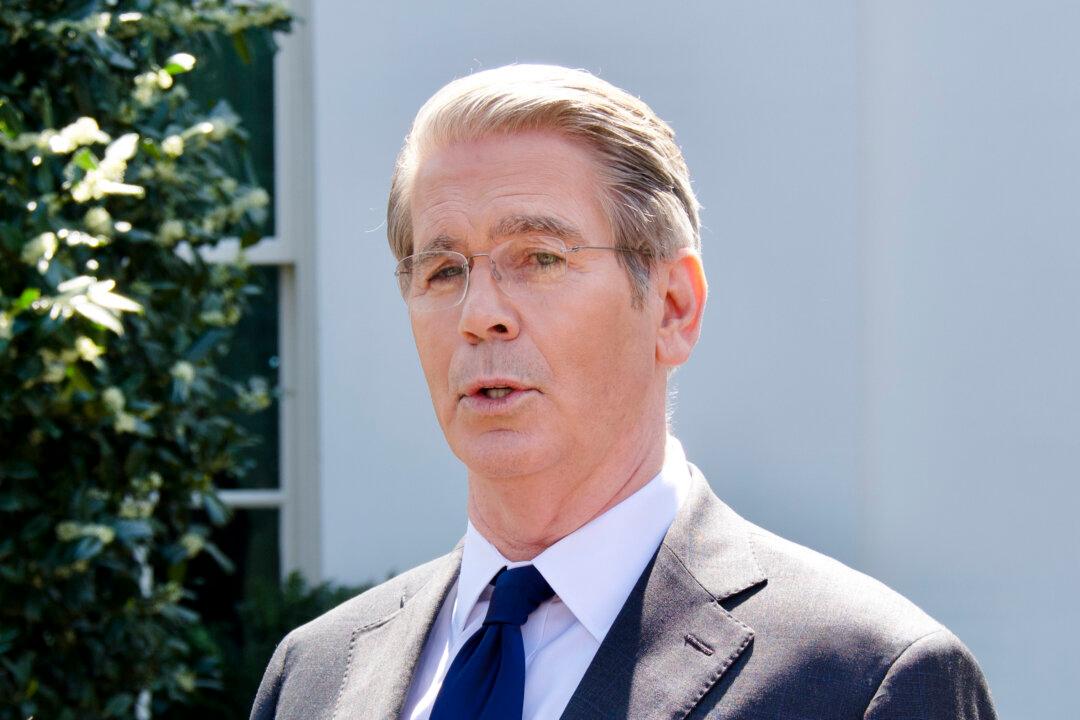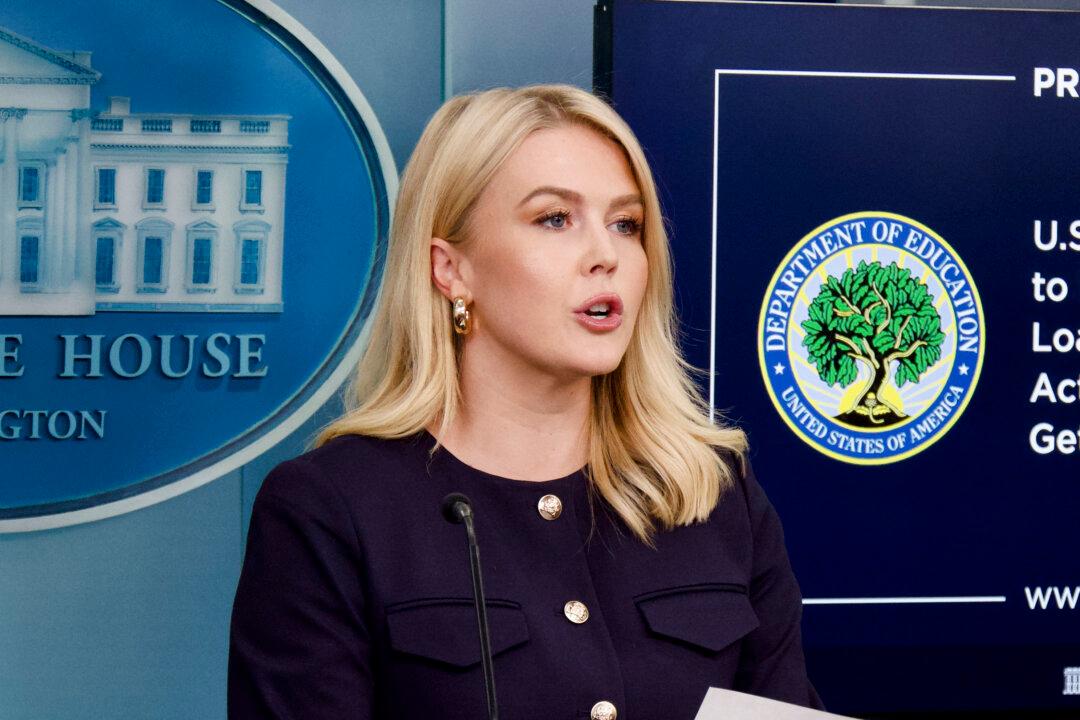The two-year Treasury yield reached its highest level since the global financial crisis as investors anticipate that the Federal Reserve will further tighten monetary policy following the release of hot jobs data on July 6.
The services sector accounted for most of the job creation, led by leisure and hospitality (232,000), trade and utilities (90,000), and education and health care (74,000). The goods-producing industry added 124,000 new positions, driven primarily by construction (97,000) and mining (69,000).
Information and financial activities also saw an employment decline of 30,000 and 16,000, respectively.
“Consumer-facing service industries had a strong June, aligning to push job creation higher than expected. But wage growth continues to ebb in these same industries, and hiring likely is cresting after a late-cycle surge,” Nela Richardson, chief economist at ADP, said in a statement.
Wage growth slowed in June, slowing to 6.4 percent year-over-year for job stayers, down from 6.6 percent in May. For job changers, pay gains eased for the 12th consecutive month to 11.2 percent.
Small and medium-sized businesses produced all of the new jobs last month, with 299,000 and 183,000, respectively. Large companies slashed payroll by 8,000.
It’s the third time that job openings have slipped below the 10 million mark in 2023.
Job quits unexpectedly returned above 4 million in May, the highest level since December 2022. The quits rate—a measurement of voluntary job leaves among total employment—edged up to 2.6 percent, up from 2.4 percent in the previous month.
Treasury Yields and the Fed
The strong labor market has many investors thinking the Federal Reserve will raise interest rates again as early as this month.The two-month Treasury yield jumped by about 13 basis points, to top 5.08 percent, a level not seen since June 2007. Meanwhile, the benchmark 10-year yield rose more than 12 basis points to nearly 4.07 percent.

While a July rate increase is almost certain amid above-target inflation levels and a tight labor market, ING economists aren’t convinced that the Fed will pull the trigger on a second rate boost.
“The Fed acknowledges that goods price inflation is under control and housing costs will slow rapidly through the second half of 2023, but policymakers are focused on core services excluding housing, which remains hot,” ING economists Carsten Brzeski, James Knightley, and James Smith wrote in a research note.
“There are tentative encouraging signs, which we suspect will intensify as the lagged effects of previously implemented policy rate increases and tighter lending conditions bite.”
The June annual inflation rate is projected to slow to 3.2 percent, with the core consumer price index (CPI), which strips the volatile energy and food sectors, forecast to ease to just 5.1 percent. The Fed’s preferred inflation gauges—the personal consumption expenditure (PCE) and core PCE—are expected to ease to 3.1 percent and 4.4 percent, respectively.
On a month-over-month basis, the four leading inflation indicators are predicted to climb 0.4 percent.
The FOMC will hold its two-day policy meeting on July 25–26.





